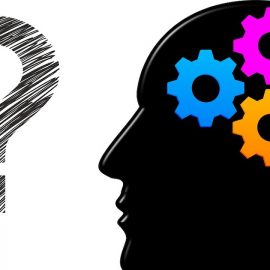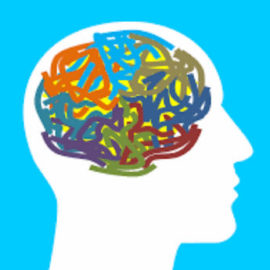

This article is an excerpt from the Shortform book guide to "Everybody Lies" by Seth Stephens-Davidowitz. Shortform has the world's best summaries and analyses of books you should be reading.
Like this article? Sign up for a free trial here .
What exactly is data? Can people and images be data?
In Everybody Lies, Seth Stephen-Davidowitz says that new technology is allowing us to turn more things into data. He further explains how bodies and images can now be used as data.
Keep reading to learn how everything is data.
Unconventional Data Sources
Though Stephens-Davidowitz specializes in using search records, text databases, and other similar types of data, he points out that there are new data sources that researchers have only recently started to tap. These data sources show that big data isn’t just about bigger databases of traditional information—it’s also about how new technologies let us turn more things into data by making them easy to measure, collect, compile, and analyze. This means that everything is data.
For example, Stephens-Davidowitz suggests that bodies can be data. He describes how consultant Jeff Seder helps buyers choose winning racehorses (Seder and his colleagues once advised a client to re-buy the horse he had just put up for auction—that horse was American Pharaoh, who went on to win the Triple Crown). Seder’s secret is that instead of looking at traditional horse judging factors like pedigree, he found anatomical factors (like left ventricle size) that correlate to race success.
(Shortform note: Body-based data is now far more prevalent than in Stephens-Davidowitz’s 2017 account. Whereas Seder’s work required him to custom build a portable ultrasound machine to examine horses, wearable fitness trackers and smart exercise equipment now allow many users to turn their bodies into data daily. Privacy experts have raised concerns over this trend, pointing out that these kinds of fitness products can record your biometric data, location, behavior patterns, and even your face and voice. In one notable case, maps based on Fitbit data revealed the location and layout of US military bases around the world and even showed the identities and workout routes of individual soldiers.)
Stephens-Davidowitz also argues that images can be data. For example, he describes how a company called Premise uses smartphone photos of things like gas station lines or grocery store produce to make economic predictions that are better and timelier than any traditional measures. What both images and biometric data have in common is that they’re easier to collect, compile, and study than ever before. Premise’s work is possible only thanks to smartphones, which guarantee that many people have high-quality cameras on their person at all times and which make it easy to share photographic data to a main hub from anywhere in the world.
(Shortform note: Whereas Premise contributors collect image data deliberately, other sources of image data are less obvious—and potentially more problematic. For example, Amazon’s smart doorbell Ring has come under fire for sharing video information with law enforcement without warrants. Similarly, a British judge recently ruled that a Ring doorbell violated a neighbor’s privacy due in part to its ability to record private conversations up to 68 feet away.)

———End of Preview———
Like what you just read? Read the rest of the world's best book summary and analysis of Seth Stephens-Davidowitz's "Everybody Lies" at Shortform .
Here's what you'll find in our full Everybody Lies summary :
- How people confess their darkest secrets to Google search
- How this "big data" can be used in lieu of voluntary surveys
- The unethical uses and limitations of big data






